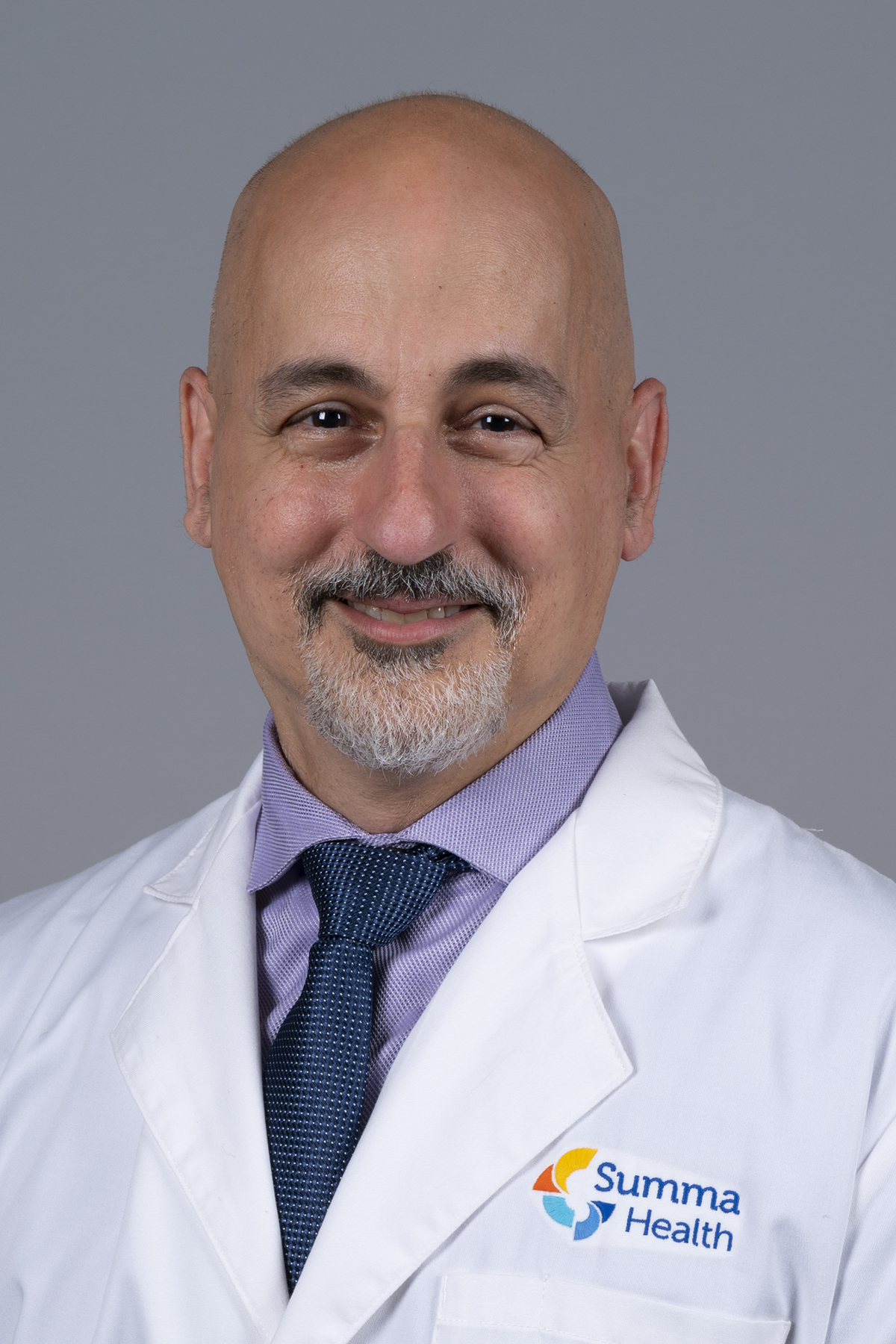Can You Drive with Epilepsy? Laws, Risks, and Precautions Explained
Posted November 19, 2025

Driving with Epilepsy: Navigating the Road Safely
Living with epilepsy presents unique challenges, and one of the most common questions people have is: "Can I still drive?" The answer isn't a simple yes or no. It depends on various factors, including the type of seizures you experience, their frequency, and your state's specific driving laws. Let's break down what you need to know about driving with epilepsy.Is Driving Safe for People with Epilepsy?
For some, driving can be safe, but it requires careful consideration and collaboration with your healthcare provider. Here's why:
- Seizure Type Matters:
- Generalized seizures, like tonic-clonic seizures, involve loss of consciousness and muscle control, posing a significant risk while driving.
- Focal seizures affecting consciousness or awareness can also be dangerous, as they can cause confusion and lingering fatigue.
- Individualized Assessment: Because epilepsy and seizure experiences vary, it's crucial to discuss your situation with a doctor or epilepsy specialist. They can help determine if driving is safe for you.
- Seizure Control is Key: The best way to ensure driving safety is to achieve optimal seizure control through medication and lifestyle adjustments.
Understanding Driving Restrictions
Every state allows people with epilepsy to drive, but regulations differ significantly. Here are some general points:
- Seizure-Free Periods: Most states require a period of seizure freedom before allowing driving, typically ranging from 6 months to a year.
- State-Specific Laws: Always check your state's Department of Motor Vehicles (DMV) website for the most accurate and up-to-date regulations. The Epilepsy Foundation also offers a helpful searchable database of state laws.
- Reporting Requirements: In most states, individuals with epilepsy must report their condition to the DMV. However, the specific reporting process varies.
Ohio Specific Information
According to the Epilepsy Foundation database, Ohio driver licensing laws for people with epilepsy are as follows:
- Ohio's driver license application asks whether the applicant is now or has ever been afflicted with epilepsy, and, if so, the nature of the disability and the name and address of the applicant’s physician.
- There is no specific length of time a person must be seizure-free. However, unprovoked seizures may still necessitate a necessary seizure freedom period up to six months with the introduction, or modification of, appropriate therapy.
- Periodic medical updates required after licensing are at the discretion of the DMV
- Ohio does not require a physician to report epilepsy.
Precautions for Safe Driving
If your doctor approves you to drive, taking precautions is essential:
- Honesty with Your Doctor: Be completely transparent about your seizure history and any potential risks.
- Follow Medical Advice: Adhere to your prescribed medication regimen and any recommendations from your healthcare team.
- Prioritize Sleep: Lack of sleep is a common seizure trigger. Ensure adequate rest, especially before long drives.
- Identify and Avoid Triggers: Understand your personal seizure triggers and take steps to avoid them.
- Keep a Seizure Diary: Track your seizures and potential triggers to identify patterns and potential risks.
- Create a Response Plan: Develop a plan with family and friends outlining what to do if you have a seizure while driving.
Recognizing Seizure Triggers While Driving
Driving can present several potential seizure triggers:
- Stress: Traffic, unfamiliar routes, and other driving-related stressors can trigger seizures.
- Fatigue and Sleep Deprivation: Long drives or nighttime driving can lead to fatigue, increasing seizure risk.
- Visual Stimuli: Flashing lights, road patterns, and other visual stimuli can trigger seizures in some individuals.
The Importance of Open Communication
Open communication with your doctor is paramount. By working together, you can make informed decisions about driving and take the necessary steps to prioritize your safety and the safety of others on the road.Disclaimer: This blog post is for informational purposes only and should not be considered medical or legal advice. Always consult with your healthcare provider and your state's DMV for personalized guidance.
About the Author
Vitality eNews Sign Up
Receive the Summa Health eNewsletter for the latest health tips, advice and updates.


